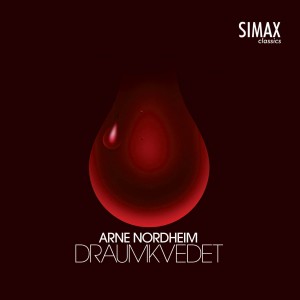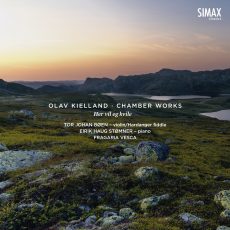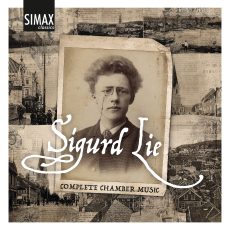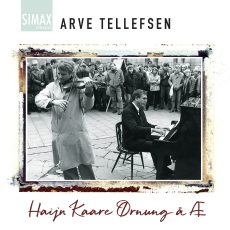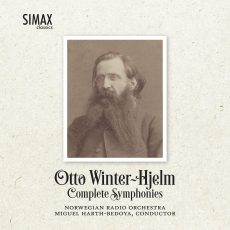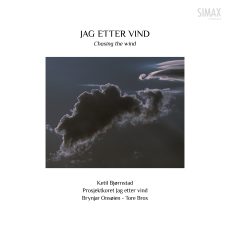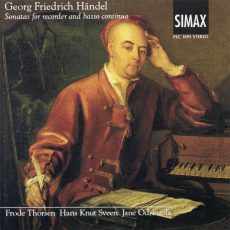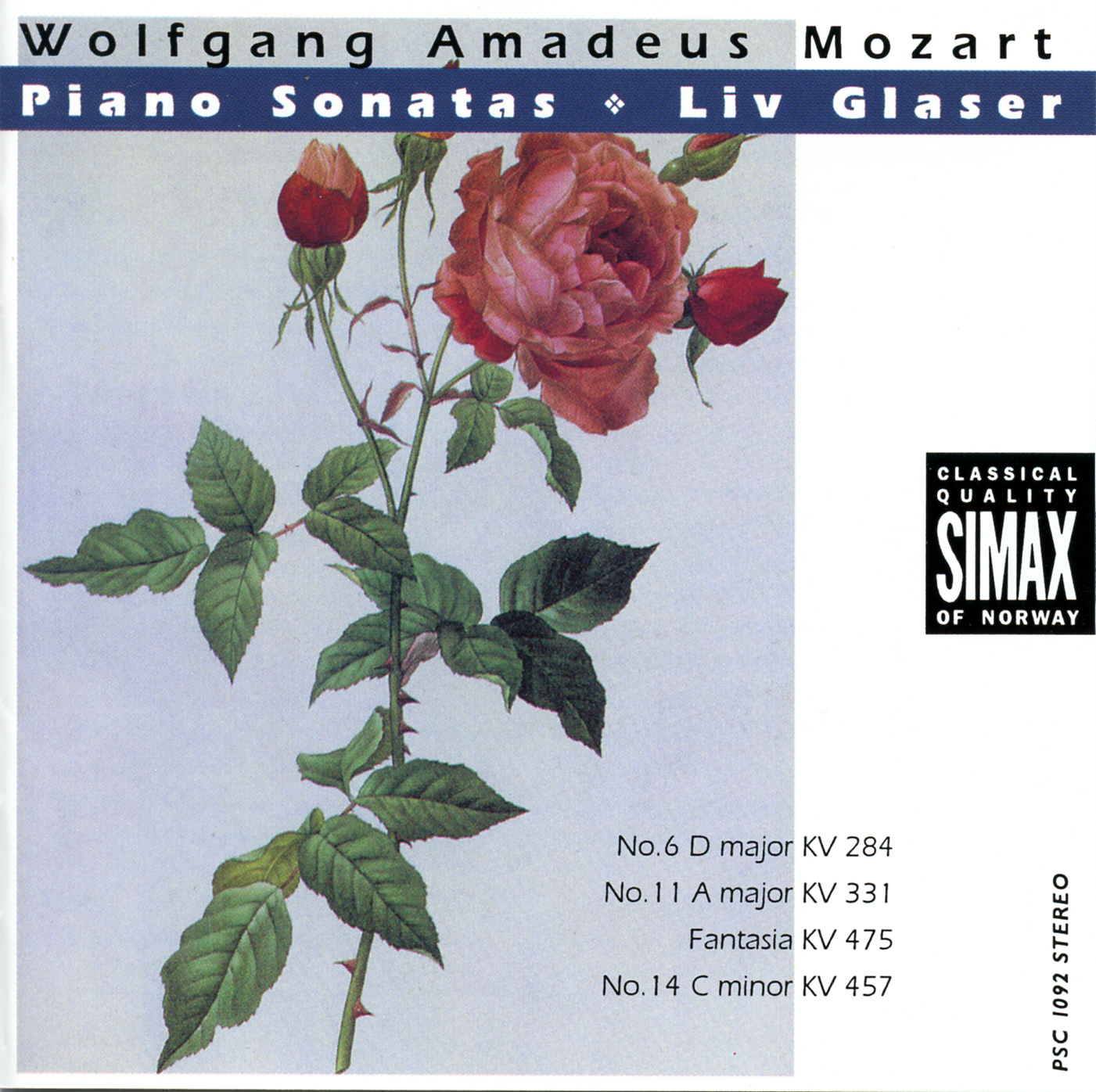In his music to The Dream Ballad composer Arne Nordheim draws on sources of text and music dating back to mediaeval times. Nordheim re-interprets the visionary dream of the ballad, fusing the traditional Dream Ballad with his own acoustic and electric musical idiom. The apocalyptic vision Olav Åsteson had in his long sleep is brought almost frighteningly near us by Arne Nordheim. This release also marks the 75th anniversary of a major creative force in European modern music.
Draumkvedet
The position of the original Dream Ballad (Draumkvedet) is unique in Scandinavian culture. It belongs to the tradition of unaccompanied singing (kveding) in Telemark County in the central part of southern Norway, a region rich in folk traditions – music, poetry and painting. The text is often described as a parallel to Dante’s Divina Commedia. Olav Åsteson falls asleep on Christmas eve and does not wake up until Epiphany. He then rides to church to recount the experiences he has had in ‘the other world’ while sleeping: He made a pilgrimage along the path trodden by the dead, caught a glimpse of Purgatory and the blissful souls in Paradise, facing angels and devils. Finally he witnesses the Day of Judgement when St. Michael weighs the souls of the people on a pair of scales.
Universal theme from Norwegian lore in a new reading
Originally written for a stage production of the piece in connection with the Winter Olympic Games at Lillehammer in 1994, it gave the composer an opportunity to re-visit material he has had a great fascination for since he was a very young man. In fact the money he earned from his first summer job he spent on 78s with the original Draumkvedet tunes. Nordheim says: “In my Draumkvedet I recount, in my own way, the dream of Olav Åsteson. The tale is so exciting that I had to treat it in a way unlike any other.”
Transcending the framework – the sound of Nordheim
Nordheim makes use of folk music not just as quotations, but has constructed all his music to Draumkvedet around sounds and intervals arising from it. Singers perform in both within the classical idiom, and outside it! When challenging singers to transcend what they can control, Nordheim achieves a unique form of expression – listen for instance to the immediate, eruptive expression of Unni Løvlid. 50 years after his debut Nordheim lets his trademarks of orchestral colour, electronic music, textual focus and the polarization between light and darkness come together in the great, epic work The Dream Ballad.










